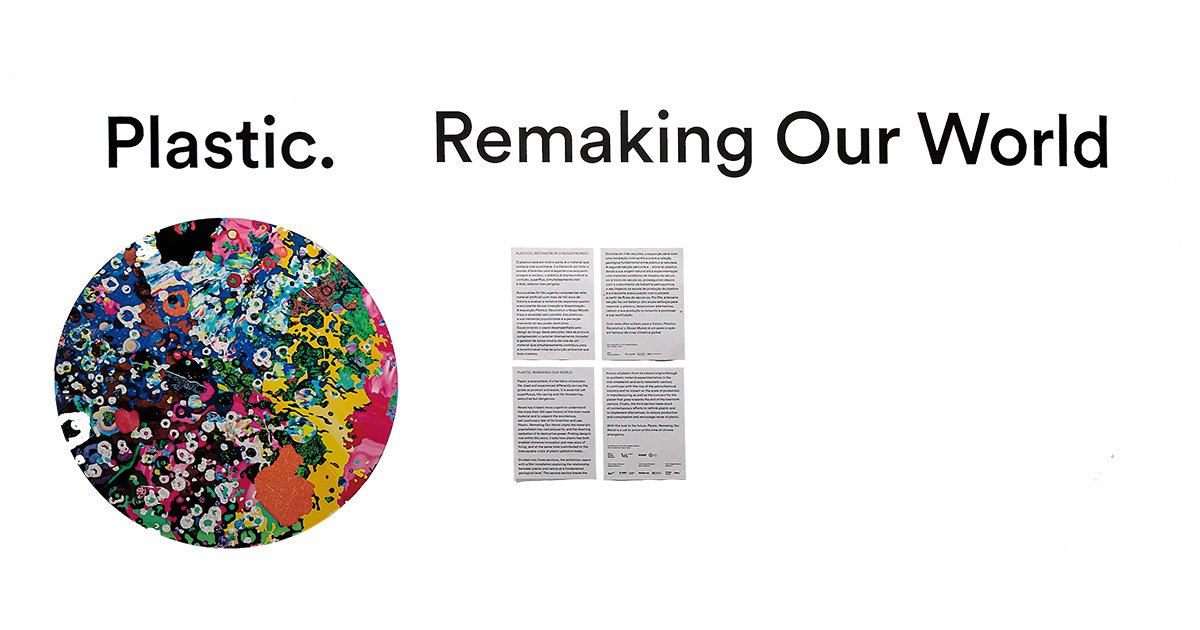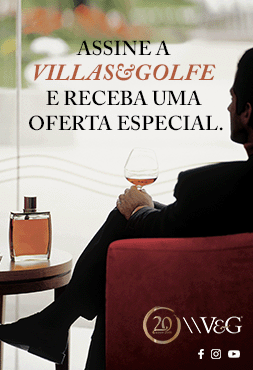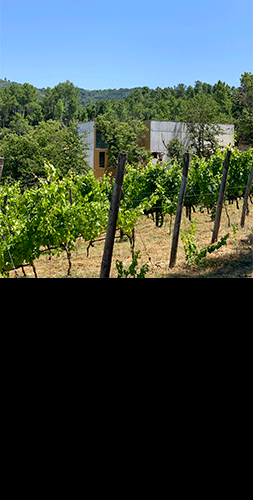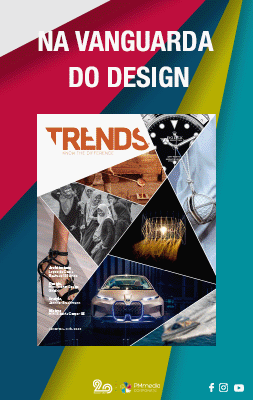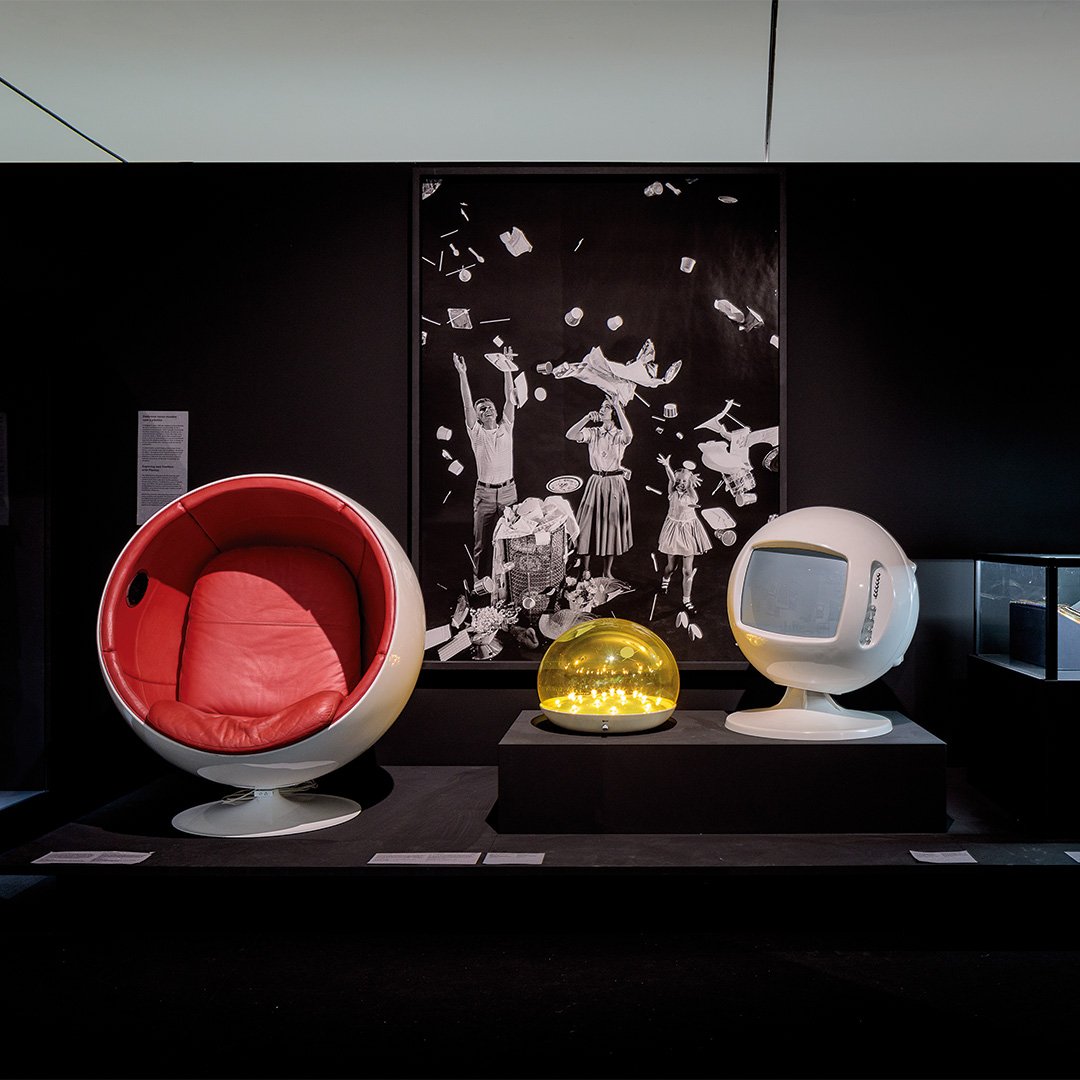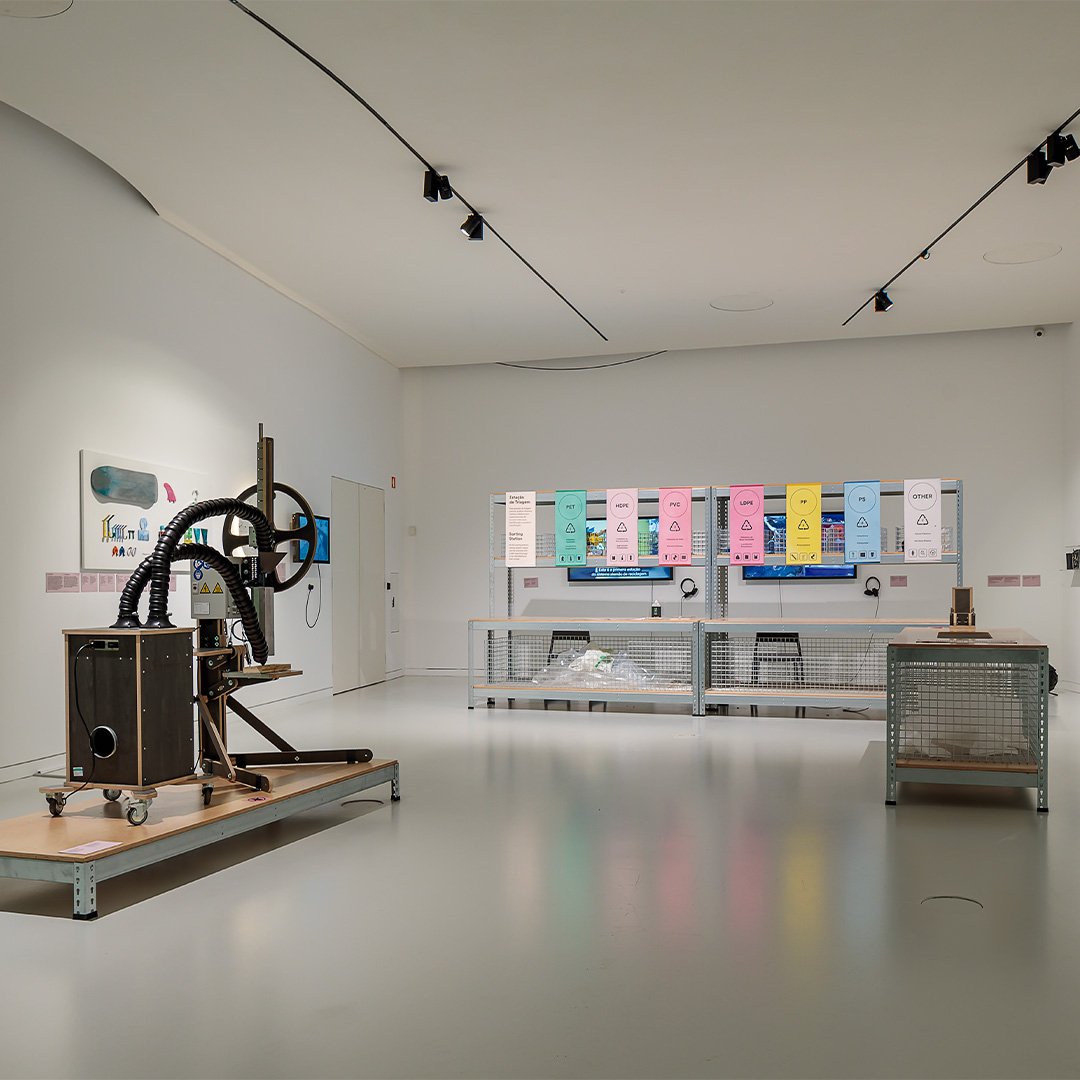On show until the August 28, from Wednesday to Monday, from 10.00 am to 7.00 pm, the show is organised in three sections, so that the viewer is caught up in a storyline, where plastic, in the space of 150 years, goes from revolutionary and progressive to lethal and superfluous. We are talking about 400 pieces exhibited in a sequential manner, both in video and image format, chosen and thought out during the pandemic period, by means of discussions held by video calls. From the collaboration between MAAT, the Vitra Design Museum and the V&A Dundee, comes an exhibition where everything has been handpicked. The display cabinets themselves are made from wood, steel and aluminium, and the use of plastic is avoided at all costs, although this has proved to be quite a challenge. Now that the introductions have been made, it’s time to understand the history, the harm and the impact of this artificial material, so seductive and dangerous at the same time.
The experience begins when we allow ourselves to take a look around us. Within milliseconds, we become aware that we are surrounded by plastic, everywhere. We all know that this material has reached an environmentally damaging dimension, but what perhaps is not common knowledge is its origin and the development it has undergone through the decades. ‘Plastic: Rebuilding Our World’ unveils the silent, fast-moving path plastic has taken and, with the necessary precision, will show us the way to a more sustainable future. Asis Kahan is the person who marks the first impressions of the show. Via a video installation, we are presented with a prelude that summarises the last two billion years of the planet’s history. After nine minutes we are ready to leave the enigmatic black room and it is on the way out that we come across small objects that catch our attention. They are, in fact, innovative recycled items, devised by the Precious Plastic community. These items are certainly surprising, taking the form of keyboards made from Coca-Cola bottles or skateboards made from recycled plastic. Following the line of vision, we are persuaded by a space dedicated to experience. Before we try to put it to use, a brief explanation is given about its function. Now, to classify the different types of plastic there is a technique called near-infrared spectroscopy and what is in front of us is, nothing more, nothing less, than a sorting station that allows us to analyse the plastic waste, grouping it in classes. A compelling experience. As we wander around the space, we find curious objects, proof of which is the rococo machine that generates plastic recycling. Or the ceramic tiles, made from textile and glass waste.
400 pieces exhibited in a sequential manner
